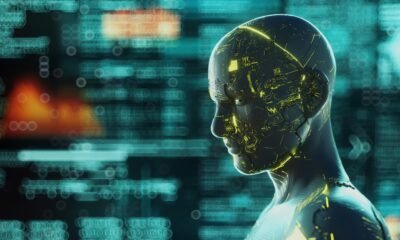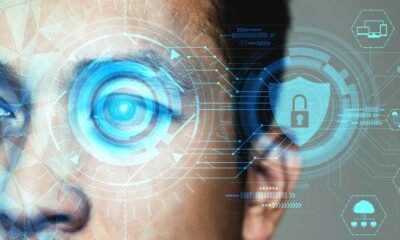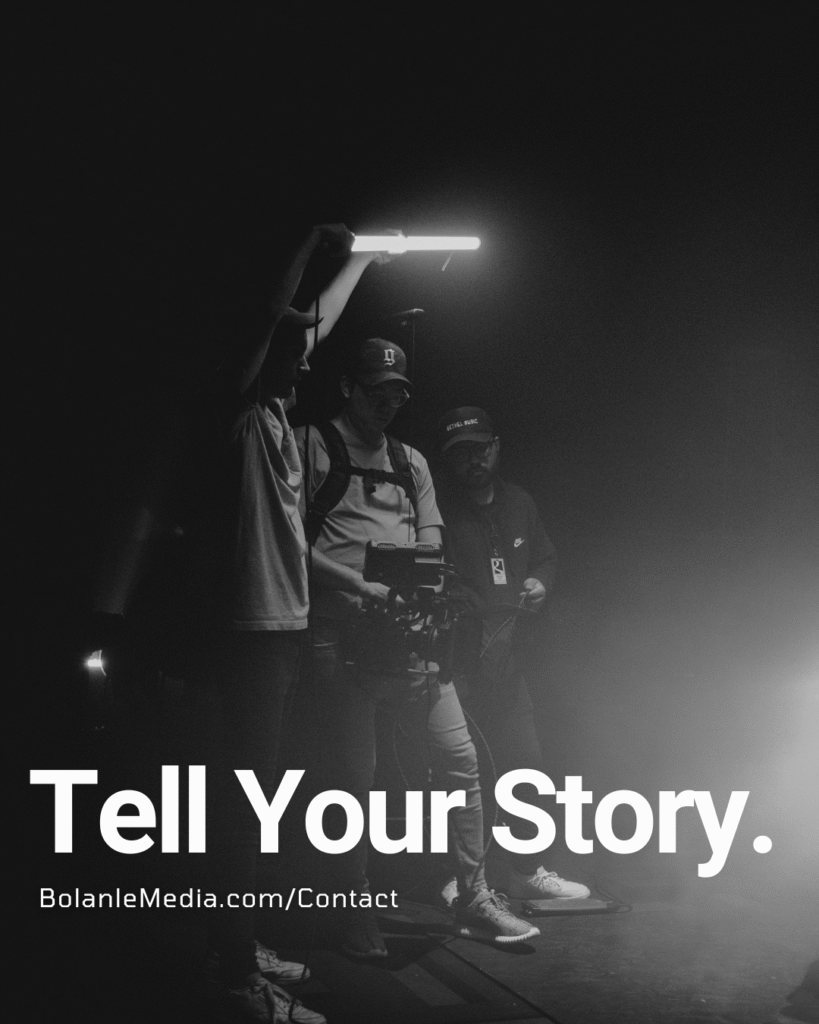Tech
Bill Gates: “We’ll Decide How Many Humans We Need” After AI
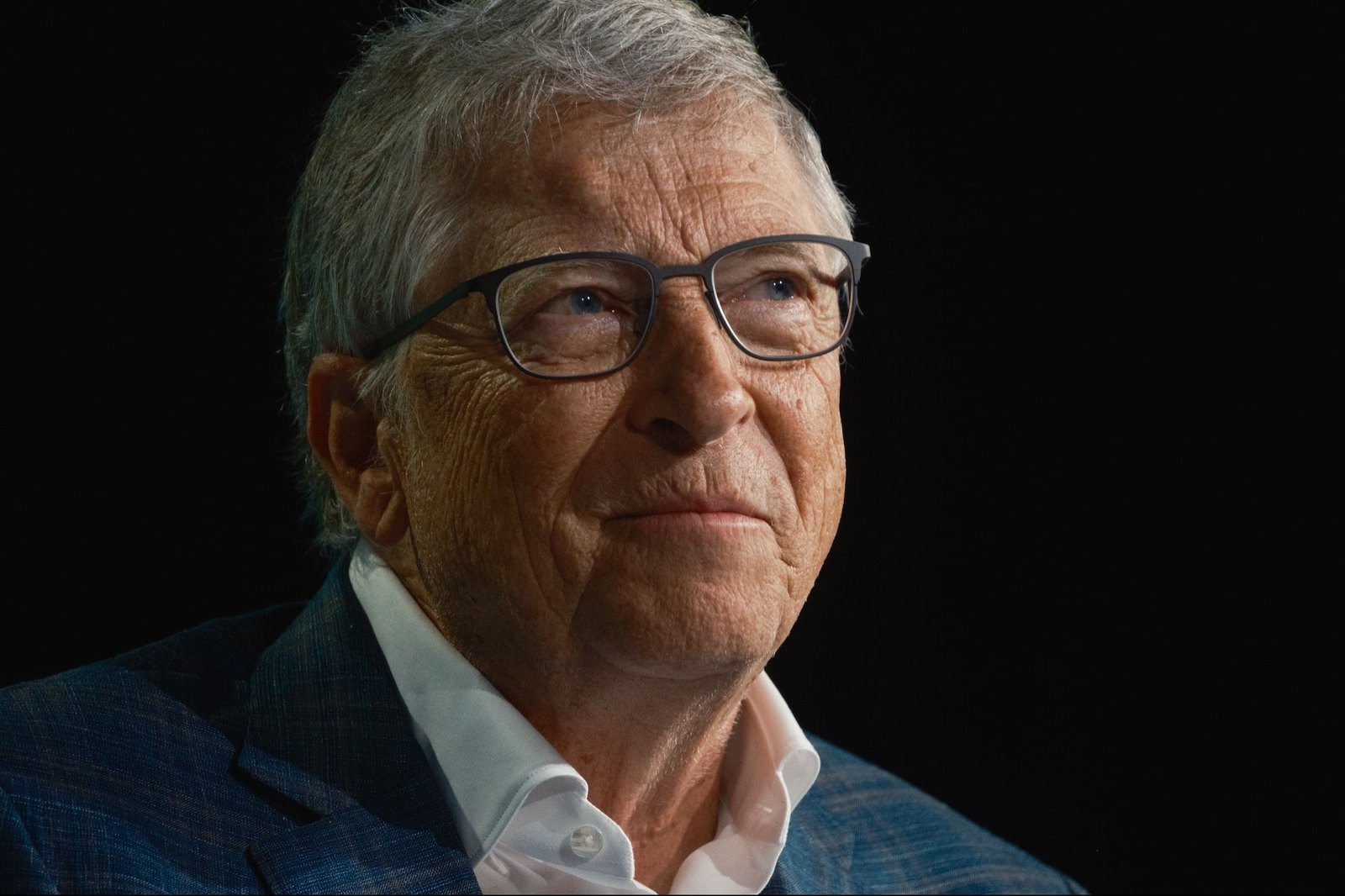
Bill Gates’s prediction that society will “decide how many humans we need” in the AI era is playing out rapidly, with this summer marking the most disruptive phase yet. The US tech sector has now exceeded 130,000 layoffs in 2025, with Microsoft, Intel, and other giants accelerating job cuts in July to shift resources to AI infrastructure, engineering, and research. Notably, Microsoft alone has eliminated over 9,000 positions this month as it pivots toward AI and cloud growth. Intel and Scale AI have followed suit with large-scale reductions, citing the need to streamline operations and invest in generative AI.

Despite these losses, the job market is not shrinking—it’s transforming. More than 80,000 current US job postings now specifically require generative AI skills, a massive increase from previous years. These roles are rapidly extending beyond tech, with over half found in fields like marketing, finance, and healthcare. Salaries for AI-skilled positions average 28% (about $18,000) higher than comparable non-AI jobs.
Entry-level and repetitive jobs are disappearing at an unprecedented pace, creating new barriers for recent graduates and low-experience workers. Staying competitive requires adaptation: employers and policymakers emphasize workforce retraining, digital apprenticeships, and cross-sector AI fluency as keys to navigating the new landscape.
Driving this upheaval is the US government’s America’s AI Action Plan, unveiled on July 23. The Plan clears regulatory hurdles, injects funding into AI infrastructure and talent, and positions American companies for global AI leadership. At the same time, it retools compliance and international strategy, pressing businesses to adapt swiftly to new rules and opportunities while focusing on worker retraining and national security.
On the corporate front, Microsoft’s Azure AI continues to surge, reporting the fastest growth among US cloud platforms, securing its dominance with a projected $83.3b in 2025 revenue and strong margins from AI services. Demand for cloud and AI infrastructure is now outpacing the rate at which new capacity can be brought online, emphasizing the scale and speed of the transformation.
Bottom line: The world Gates foresaw—where AI determines the contours of human employment—is here. Disruption is not just widespread; it’s deepening. AI skills have become a ticket to higher salaries, stronger job security, and new career pathways, while the challenge of job displacement and the redefinition of “human” work has become an urgent national—and global—debate.
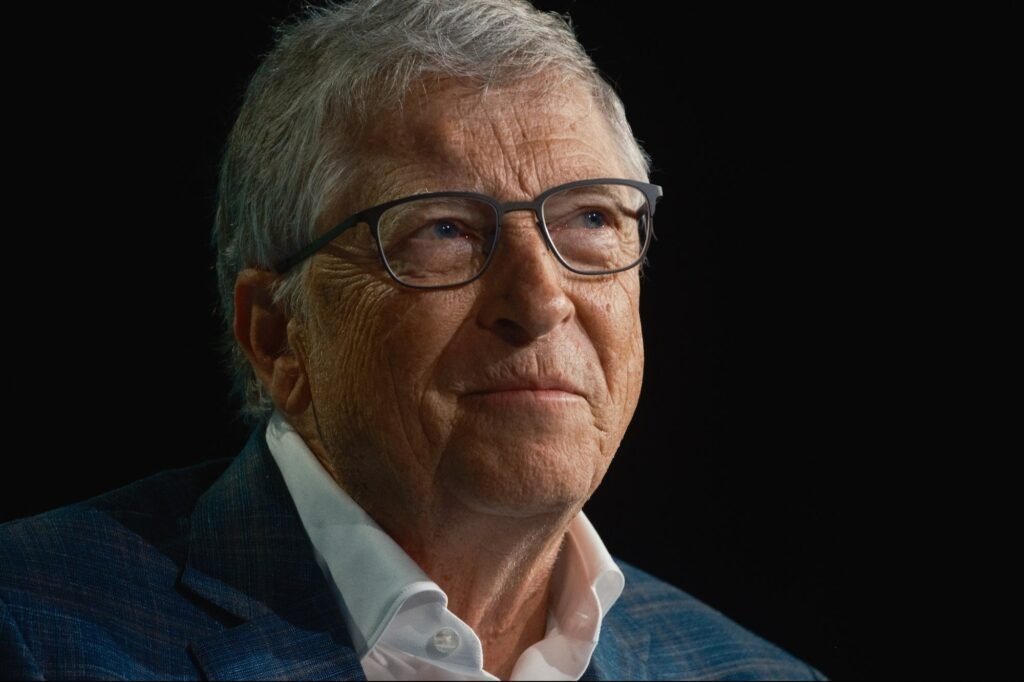
News
ChatGPT Prompts Lead to Arrest in Pacific Palisades Fire Case

Investigators have ushered in a new era for crime-solving with the arrest of Jonathan Rinderknecht in connection with the devastating Pacific Palisades fire—using evidence from his very own ChatGPT prompts. What was once thought of as a private dialogue between man and machine has now become central to one of California’s most tragic arson cases.

Unmasking an Arsonist Through AI
As the January 2025 wildfire raged through Pacific Palisades, leaving over 6,000 homes destroyed and twelve lives lost, investigators looked beyond traditional clues. They discovered Rinderknecht had asked ChatGPT months before the fire to generate dystopian images depicting burning cities, fleeing crowds, and a world on fire—details disturbingly close to what would later unfold. These prompts became more than digital artwork; they were a window into the suspect’s mindset and possible intent.
The Digital Trail
Not content with images alone, authorities found even more direct evidence in Rinderknecht’s chat history. Shortly after midnight on January 1, officials say he walked a remote trail after finishing an Uber ride, then set the initial blaze. Around the same time, he queried ChatGPT: “Are you at fault if a fire is ignited because of your cigarettes?”—seemingly searching for a legal loophole or trying to create an innocent explanation. This, added to location data and phone records showing his presence at the fire’s origin, gave prosecutors a strong and unique case.
ChatGPT’s Role in the Case
According to the Department of Justice, the prompts and images retrieved from ChatGPT formed part of a broader tapestry of evidence. The “dystopian painting” created by the AI, as described in court records, depicted the very kind of disaster that occurred in Pacific Palisades, and was showcased during press briefings as proof of premeditation.
Legal experts say this case could set new precedent for the use of AI-generated content in courtrooms, as authorities treat chatbot histories and digital prompts much like text messages, emails, or social media posts—fully subject to subpoenas and forensic analysis.
Setting a New Digital Standard
For the people of Los Angeles, the Palisades fire stands as a grim reminder of what can be lost in hours. For law enforcement and legal experts, it is also a milestone: AI conversations and digital records now join the fingerprints, witness reports, and physical evidence that help crack tough cases.
The arrest of Jonathan Rinderknecht is a warning to anyone who imagines digital footprints are easily erased. Today, even conversations and creations with artificial intelligence can be tracked, retrieved, and used in a court of law.
News
Who Owns Your AI Afterlife?
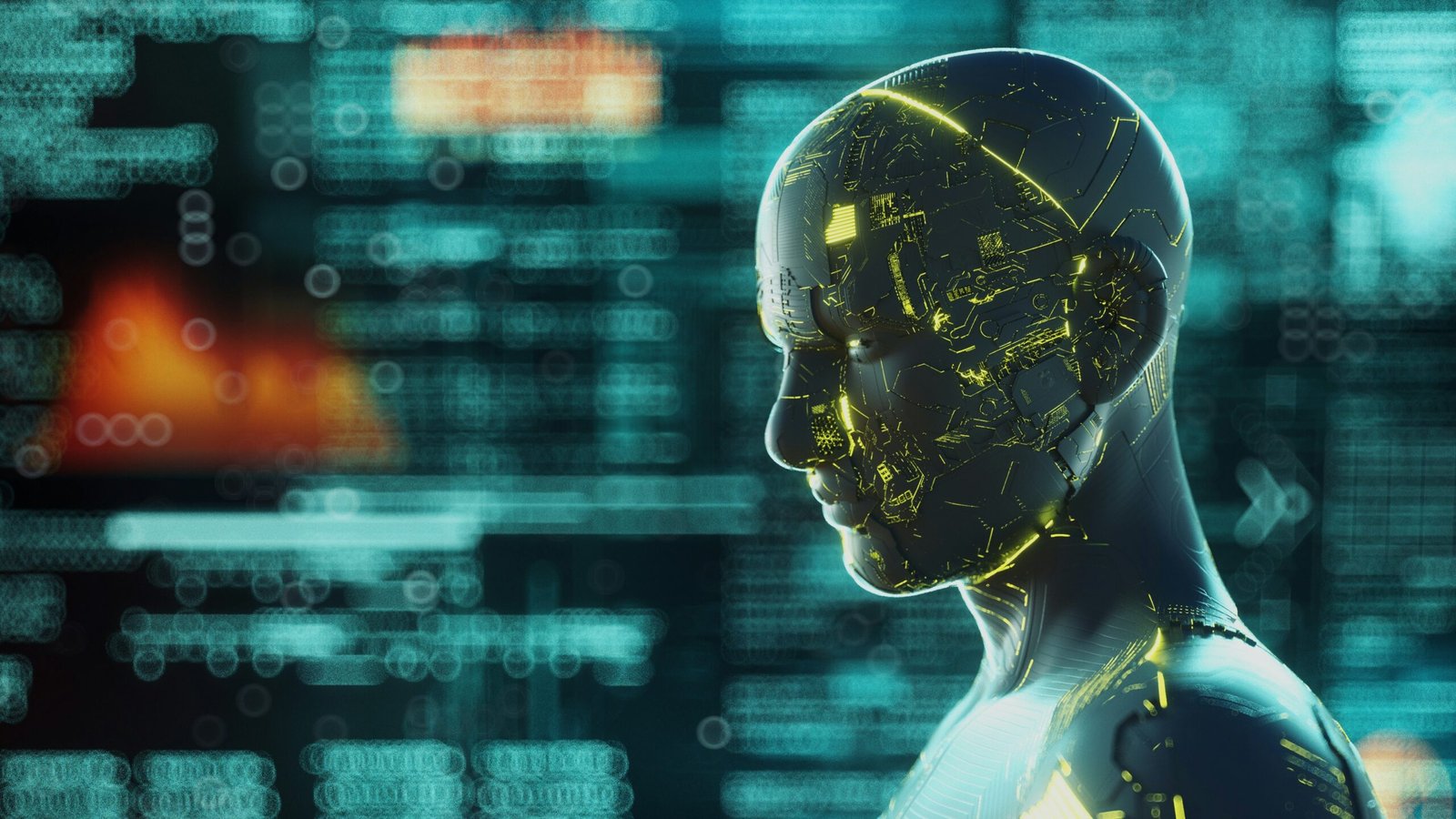
As artificial intelligence increasingly resurrects the voices and faces of the dead, the question of ownership over a person’s “digital afterlife” has never been more urgent. Generative AI can now create digital avatars, voice clones, and chatbots echoing the memories and personalities of those long gone, propelling a rapidly expanding global industry projected to reach up to $80 billion by 2035. Yet behind the novelty and comfort offered by these virtual presences lies a complex web of legal, ethical, and emotional challenges about who truly controls a person’s legacy after death.

The Rise of Digital Resurrection
AI-driven “deadbots” now allow families to interact with highly realistic digital versions of departed loved ones, sometimes for as little as $30 per video. In China, more than 1,000 people have reportedly been digitally “revived” for families using AI, while platforms in Russia, the U.S., and beyond have seen a wave of demand following tragic losses. Globally, tech firms like Microsoft, Meta, and various startups are investing heavily in tools that can preserve memories and even simulate ongoing conversations after death.
Market and Adoption Statistics
Industry analysis shows that the digital afterlife market, encompassing AI-powered grief technology, memorial services, and “legacy chatbots,” was worth over $22 billion in 2024 and is on track for a compound annual growth rate of 13-15% into the next decade. As more than 50% of people now store digital assets and personal data online, demand for posthumous control over these “digital selves” is surging. By 2100, there could be as many as 1.4 billion deceased Facebook users, further complicating the landscape of digital rights and memorialization.
Who Controls the Data: The Legal Uncertainty
Ownership of a digital afterlife is a legal gray zone worldwide. Laws about digital assets after death differ by country and platform, with many social media and AI firms resisting calls to grant families or estates clear ownership or deletion rights. There is limited global consensus, and few legal mechanisms for relatives to prevent (or approve) AI recreations or to control how the data and digital likenesses are used after death.
A 2024 study found that 58% of people believe digital resurrection should require explicit “opt-in” consent from the deceased, while only 3% supported allowing digital clones without any advance approval. Still, AI companies often hold ultimate authority over the deceased’s data and images, operating on terms of service that many users never read or fully understand.
Ethical and Emotional Questions
The debate goes far beyond just ownership. While some psychologists argue that digital afterlife tech can provide comfort or therapeutic closure, others warn it may trap grieving individuals in endless “loops” of loss, unable to truly let go. Public figures like Zelda Williams have publicly condemned unauthorized AI recreations, calling them “horrendous Frankensteinian monsters” that disrespect the dead. As these recreations expand—sometimes for memorial purposes, sometimes for profit or political gain—the risk of reputational harm, deepfakes, or even fraud increases.

The Future: Demand for Control, Not Just Comfort
As the landscape evolves, demand is rising for “digital legacy” services that allow people to set rules for their AI afterlife, designate heirs to data, or permanently erase online profiles. Some startups are building secure digital “wills” and vaults to give users control even from beyond the grave.
Yet until legal systems catch up, the answer to “who owns your AI afterlife?” remains unsettled—caught between the comfort of those left behind, the commercial interests of tech firms, and the fundamental rights of the deceased to control their own legacy in the digital age.
News
How Digital ID Is Becoming Everyone’s New Gatekeeper

The Global Rush Toward Digital Identity
Digital ID programs are popping up in countries around the world at breakneck speed, quietly becoming the master key for everything from employment and social benefits to banking, travel, and healthcare. In the UK, new legislation will soon mandate a government-issued digital ID just to have the right to work—a radical change that’s being mirrored across Europe, Asia, Africa, and the Americas. With the EU requiring national digital ID wallets by 2026 and more than 25 U.S. states rolling out digital driver’s licenses, digital identity is becoming the universal pass for modern life.
The Promise: Convenience and Security
Governments pitch digital ID systems as a panacea for old problems—identity theft, document fraud, and convoluted paperwork. In places like Estonia and Denmark, residents use digital IDs for everything from healthcare access and bank logins to managing childcare benefits and university applications. India’s Aadhaar system, the world’s largest biometric database, claims to save billions while driving down welfare fraud. Security features such as biometric authentication and encrypted user data are meant to make identity theft harder and enhance privacy by sharing only what’s needed in each scenario.
Why Are Governments (and Corporations) So Eager?
Digital ID systems are more than just tools for fighting fraud. They promise efficiency, inclusion, and interoperability, with a billion unbanked adults worldwide standing to gain basic legal status and access to financial services. Businesses like Amazon and Uber are quickly integrating digital ID verification, aiming for smoother onboarding and improved security for users. The technology also enables frictionless cross-border transactions within the EU and other regions.

The Darker Side: Gatekeeping, Surveillance, and Power
Despite the hype, critics argue that digital ID centralizes authority over everyday life, turning governments and corporations into permanent gatekeepers capable of tracking, profiling, and restricting access with unprecedented precision. Andrei Jikh warns, “Once your entire identity is digital, whoever controls that ID can control a lot of power. It lays the groundwork for global medical surveillance of every human being”. China’s system is already directly linked to the social credit framework—missteps can mean loss of travel rights, banking access, or even public benefits. Similar risks are emerging elsewhere, with bank accounts frozen for supporting certain causes, or algorithmic pricing used to maximize corporate profit at individual expense.
Security Risks in the Age of Biometrics
Digital IDs rely on biometric data—fingerprints, facial scans, iris patterns—supposedly for ironclad security. Yet when this data leaks, as with India’s Aadhaar system, it cannot be reset or replaced. The dangers are real: one breach can compromise millions, permanently. Plus, nearly two million UK residents have signed a petition against the BritCard, fearing both data misuse and doubts about its effectiveness against illegal immigration.
A New Paradigm: Permission Granted (Or Denied)
The digital ID rollout often escapes public scrutiny, yet its implications are enormous. Every swipe, every login, every transaction may soon require approval from centralized systems. Jikh concludes, “If we allow this to happen, I think it’s going to fundamentally change the balance of power between people, governments, and corporations. And not for the better, unfortunately”.
As governments and corporations rush to hold the gatekeeper’s keys, society faces a choice: embrace convenience, or defend autonomy? The answer will shape everything from daily hassles to the fundamental rights of citizenship in a digital world.

 Business4 weeks ago
Business4 weeks agoDisney Loses $3.87 Billion as Subscription Cancellations Surge After Kimmel Suspension

 Entertainment4 weeks ago
Entertainment4 weeks agoWhat the Deletion Frenzy Reveals in the David and Celeste Tragedy

 Entertainment4 weeks ago
Entertainment4 weeks agoExecutive Producer Debut: How Celia Carver Created Festival Hit ‘Afterparty’

 Health4 weeks ago
Health4 weeks agoRussia Claims 100% Success With New mRNA Cancer Vaccine

 Business3 weeks ago
Business3 weeks agoWhy Are Influencers Getting $7K to Post About Israel?

 Health4 weeks ago
Health4 weeks agoWhy Did Gen Z QUIT Drinking Alcohol?

 Advice4 weeks ago
Advice4 weeks agoHow AI Is Forcing Everyone Into the Entrepreneur Game

 Entertainment3 weeks ago
Entertainment3 weeks agoKeith Urban and Nicole Kidman Split After 20 Years as Actress Files for Divorce







